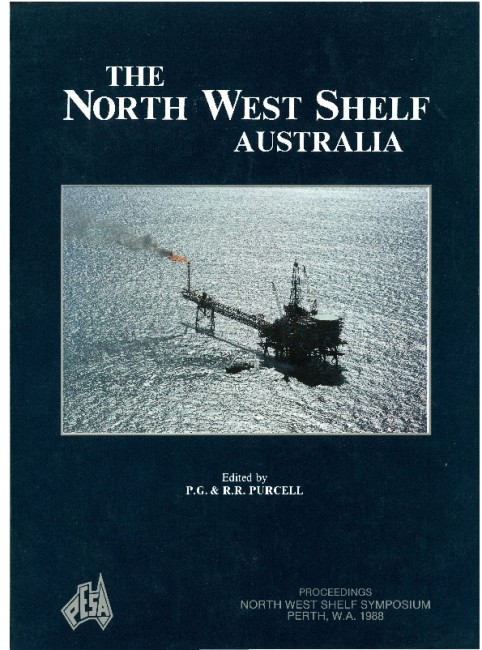Publication Name: The North West Shelf Australia
Authors: R.M. Hocking
Date Published: July 1988
Number of Pages: 29
Reference Type: Book Section
Abstract:
The Carnarvon Basin has two distinct parts: a southern, onshore, north-trending group of sub-basins which contain up to 7 km of predominantly Palaeozoic sediments, and a northern, largely offshore, northeasttrendinggroup of sub-basins which are up to 15 km deep and contain thick Mesozoic and Cainozoic sequences as well as Palaeozoic sediments. Sediments range in age from Silurian to Holocene, and can be divided into twelve distinct depositional sequences, all of which occur in the northern Carnarvon Basin.
The three Palaeozoic sequences (Silurian, Devonian - Early Carboniferous and Late Carboniferous - Permian) formed in an intracratonic, northwardsopening basin which initially developed because of rifting down the west coast of Western Australia. They constitute most of the section in the southern Carnarvon Basin, but have been intersected only in marginal areas of the northern Carnarvon Basin.
The Triassic, Jurassic- earliest Cretaceous and Early - Late Cretaceous (siliciclastic) sequences reflect the development of the northern Carnarvon Basin as a rift system which was related to the breakup of Australia
and Greater India. They are pre-rift trough-infill (Triassic), rift valley (Jurassic) and post-breakup trough-infill and restricted circulation, trailing-edge sequences (Cretaceous), respectively.
The Upper Cretaceous and Cainozoic sequences (Upper Cretaceous, Paleocene- Early Eocene, Eocene, Oligocene - Middle Miocene and Late Miocene - Holocene) are carbonate-dominated, "trailing-margin" sequences which formed by progradation of the continental shelf in the northern Carnarvon Basin.


